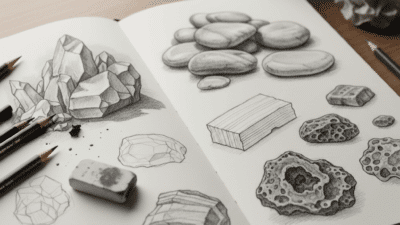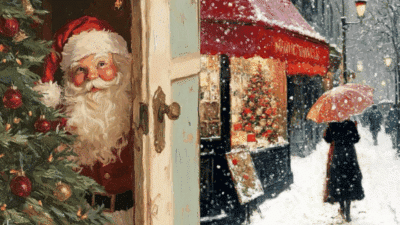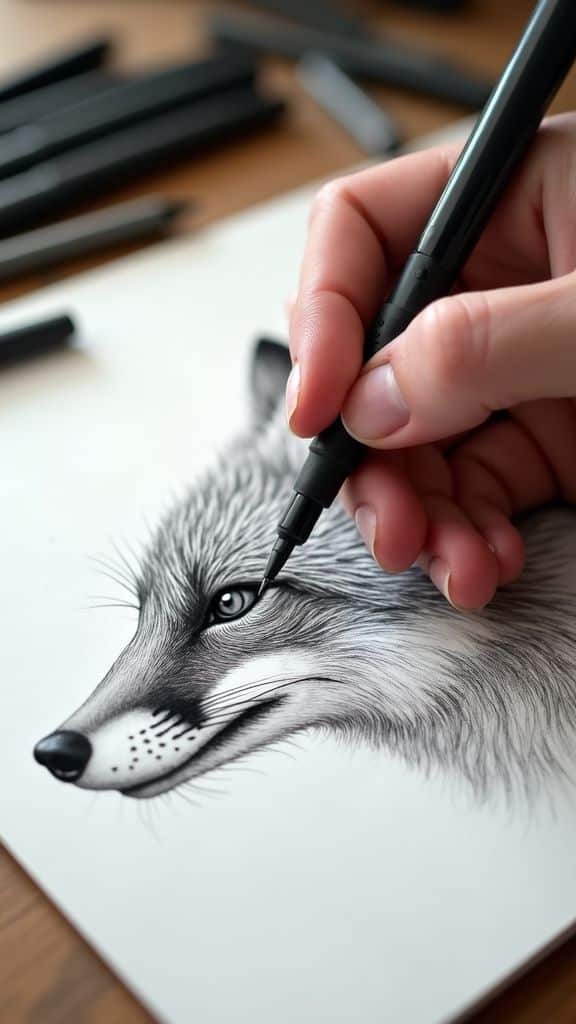

Embarking on the journey of animal drawing is a profoundly rewarding experience, a fusion of scientific observation and artistic interpretation that allows creators to bring the natural world to life on paper. For both aspiring artists and seasoned professionals, the realm of animal drawing ideas offers an endless wellspring of inspiration, challenging the hand and sharpening the eye. From the majestic sweep of a eagle’s wings to the subtle twitch of a rabbit’s nose, each creature presents a unique set of anatomical complexities, textural nuances, and expressive possibilities. Mastering this art form requires more than just technical skill; it demands empathy, patience, and a deep appreciation for the diverse forms of life around us. This comprehensive guide delves into professional strategies, innovative ideas, and time-tested techniques to elevate your animal drawings from mere depictions to captivating works of art.
The appeal of drawing animals lies in their dynamic forms and inherent expressiveness. Unlike static objects, animals are rarely still, embodying motion and character in every posture. This dynamism can be both exhilarating and daunting for an artist. Understanding the underlying structures, observing their behaviors, and translating these into compelling visuals is the core challenge. Whether your interest lies in hyper-realistic portrayals, stylized character designs, or abstract interpretations, a solid foundation is paramount. We will explore how to build this foundation, cultivate your creative vision, and unlock new avenues for your artistic expression.
Drawing animals is not merely about replicating what you see; it’s about interpreting, understanding, and imbuing your subjects with a sense of life. It’s an exercise in visual storytelling, where every line, every shade, contributes to the narrative of the creature. This guide is designed to equip you with the knowledge and inspiration to tackle this fascinating subject with confidence and flair, transforming your artistic practice and opening up a world of creative possibilities.
Pros and Cons
| Pros | Cons |
|---|---|
| – Develops keen observational skills and patience. | – Requires extensive study of anatomy and movement. |
| – Offers boundless inspiration from diverse species. | – Capturing dynamic poses can be challenging. |
| – Highly marketable in various artistic fields (illustration, character design). | – Risk of unintentional anthropomorphism if not careful. |
| – Enhances understanding of proportion, form, and texture. | – Live models are often unavailable or difficult to work with. |
| – Fosters a deeper connection to nature and wildlife. | – Can be emotionally challenging if depicting injured or endangered animals. |
Understanding Animal Anatomy and Form
Before you can truly bring an animal to life on paper, you must first understand the architecture beneath its fur, feathers, or scales. This foundational knowledge is the bedrock of realistic and believable animal drawing. Just as understanding human body base drawing is crucial for figurative art, animal anatomy provides the scaffolding upon which all other details are built.
Skeletal Structure


Every animal possesses a unique skeletal structure that dictates its basic shape, proportions, and range of movement. Start by simplifying the skeleton into fundamental geometric shapes: cylinders for limbs, ovals for rib cages and skulls, and spheres for joints. Focus on major bone structures like the spine, pelvis, shoulder blades, and the long bones of the legs. Understanding how these bones connect and pivot is crucial for accurate joint placement and natural-looking poses. For example, a quadruped’s shoulder blade isn’t fixed like a human’s, allowing for greater range of motion. Sketching simplified skeletons helps you block out the animal’s posture and balance before adding muscle or fur.
Muscle Groups and Movement
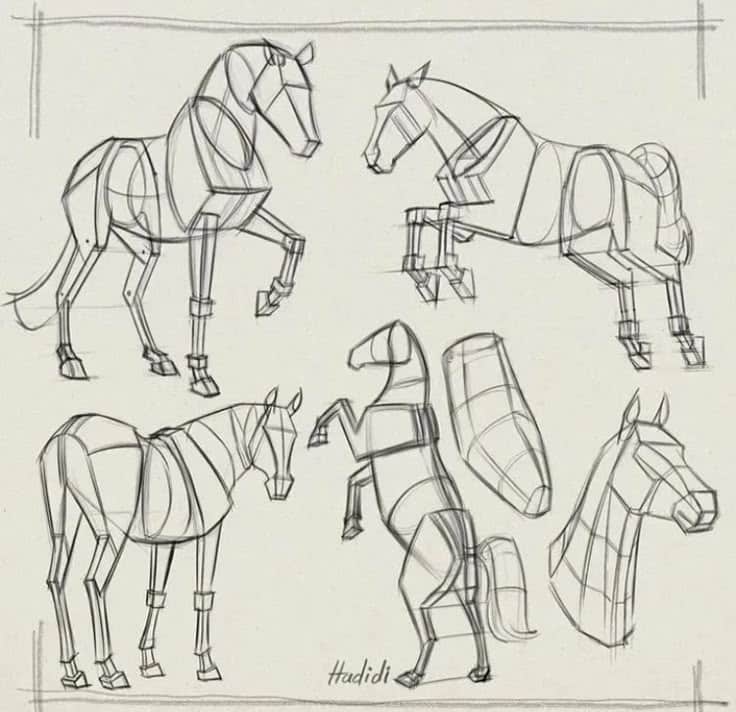
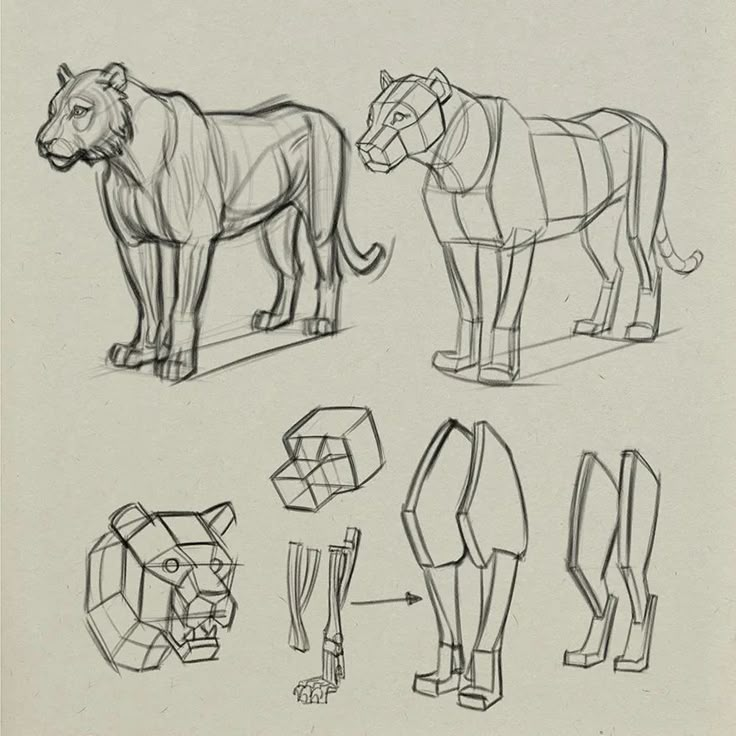
Layered over the skeleton are the muscle groups, which give the animal its specific contours and define its ability to move. While you don’t need to memorize every single muscle, understanding the major groups and how they contract and extend is invaluable. Pay attention to how muscles bulge, stretch, and compress with different actions. Observe the interplay between antagonistic muscle groups – for instance, how the biceps contract while the triceps relax during a flexion. Studying photographs and videos of animals in motion can reveal these subtle shifts in muscle definition. This knowledge allows you to create drawings that convey power, grace, or tension convincingly.
Proportion and Perspective
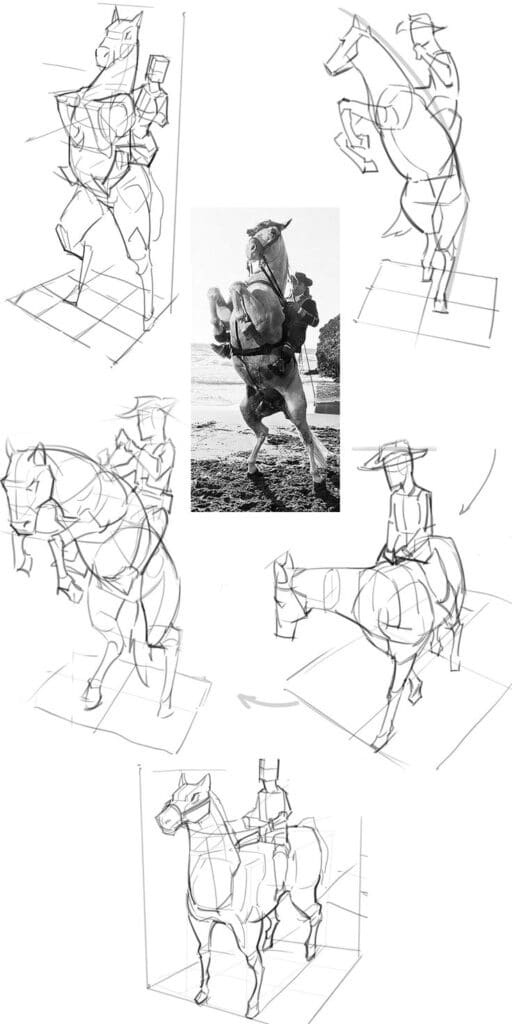

Proportion refers to the relative size of different parts of the animal. Is the head large compared to the body, or small? Are the legs long and slender, or short and powerful? These proportional relationships are critical for accurate depiction and for capturing the essence of a species. Perspective, on the other hand, deals with how objects appear to shrink and distort as they recede into the distance. When drawing animals, especially in dynamic poses, apply perspective principles to ensure limbs appear correctly foreshortened and the overall form maintains its three-dimensionality. Practice drawing animals from various angles – above, below, eye-level – to truly grasp how their forms change in space. A common professional exercise involves drawing the same animal from multiple viewpoints without relying on a single reference, strengthening your spatial reasoning.
Drawing from Observation: The Cornerstone of Realism
While anatomical knowledge provides the internal blueprint, direct observation of living animals is what breathes life into your drawings. No amount of theoretical study can replace the invaluable insights gained from watching a creature move, interact, and simply exist in its environment.
Field Sketching
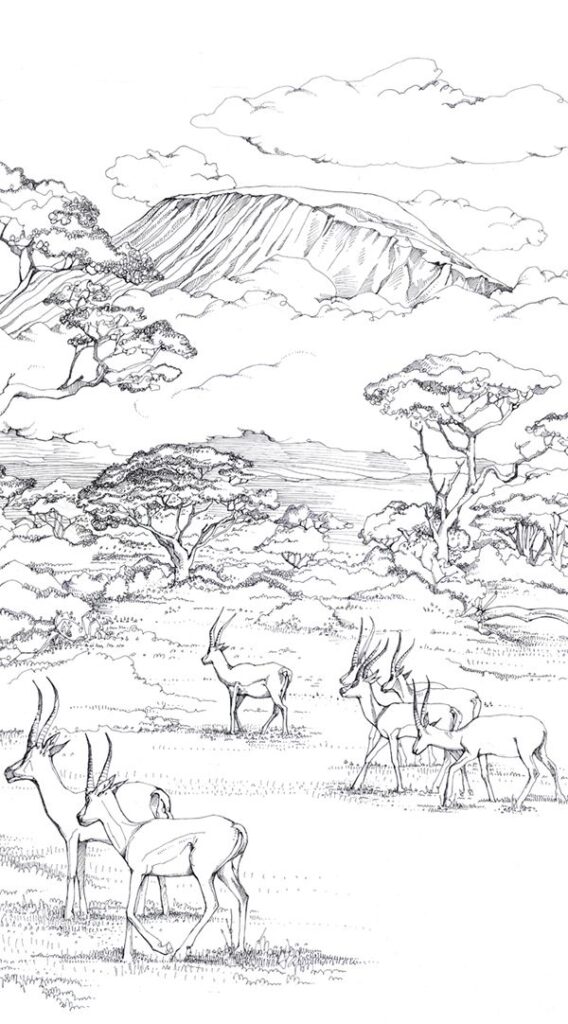
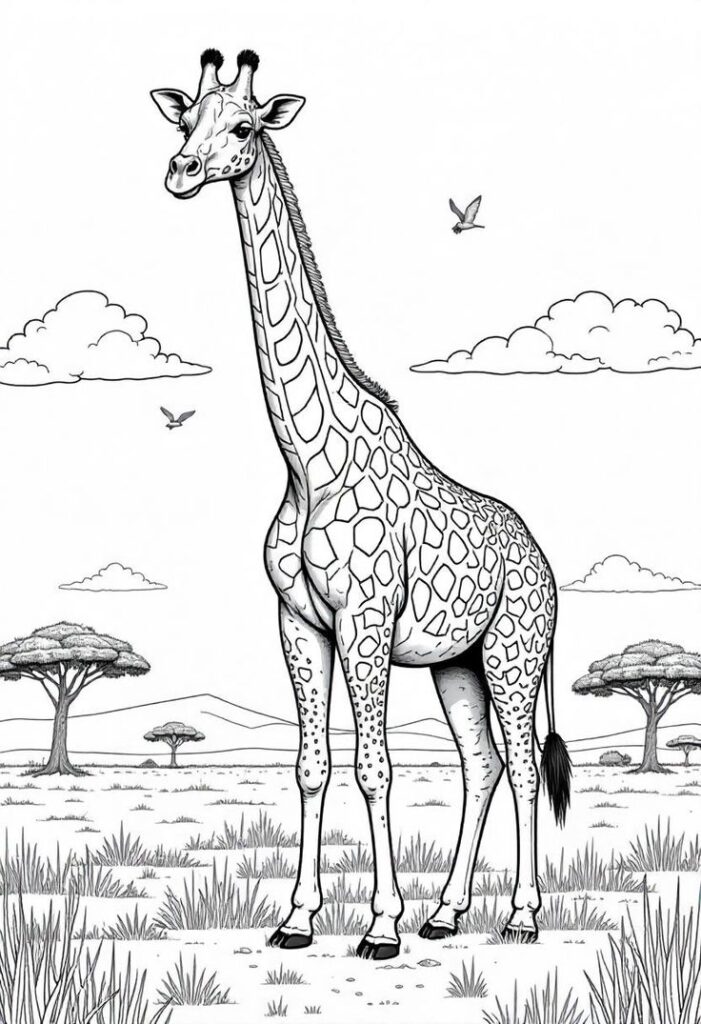
One of the most effective ways to improve your animal drawing is to engage in field sketching. Visit zoos, nature parks, or even local pet stores. Bring a small sketchbook and a pencil, and commit to capturing quick gestures and poses. Don’t worry about perfection; the goal is to train your eye to see quickly and your hand to respond instinctively. Focus on the overall silhouette, the direction of movement, and the animal’s energy. A powerful exercise is to give yourself time limits – one minute, thirty seconds, ten seconds – for each sketch. This forces you to distill the essence of the form into a few impactful lines. These rapid studies build a visual library in your mind, making it easier to draw from imagination later.
Using Photo References Effectively
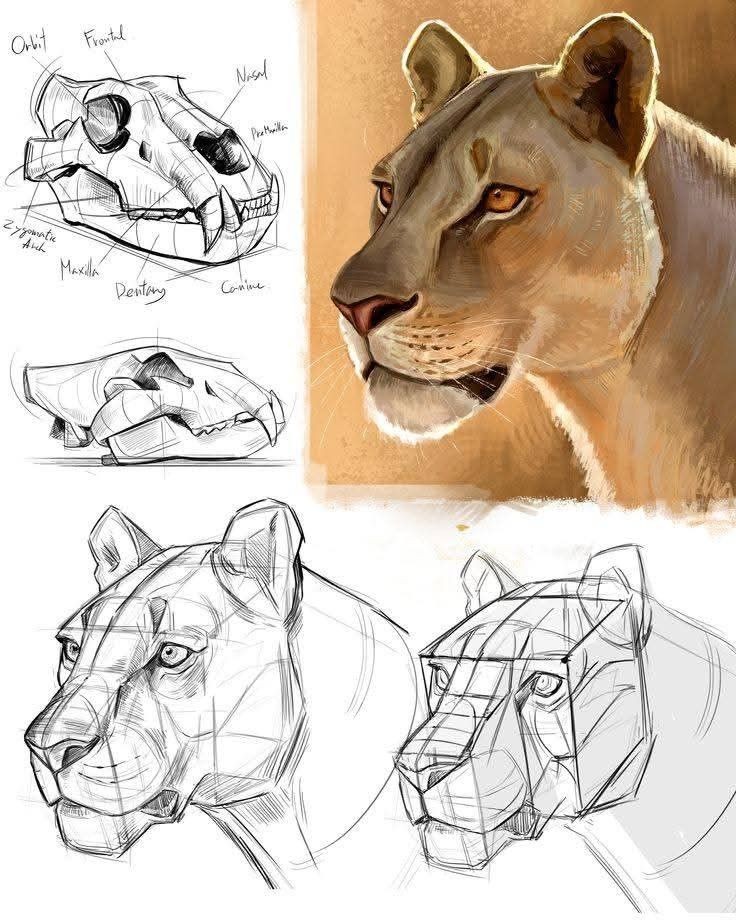

When live models are impractical or unavailable, high-quality photo references become indispensable. However, using them effectively is an art in itself. Avoid simply copying a photograph. Instead, analyze it. Look for the underlying anatomy, the lighting, the textures, and the mood. Compile multiple references for a single subject, observing different poses, angles, and expressions. This multi-reference approach helps you understand the animal’s form in three dimensions, rather than just as a flat image. Be mindful of copyright when using images; public domain sources or your own photography are always the safest bets. Tools like PureRef can help organize your image boards, making it easier to toggle between various views.
Capturing Gestures and Motion
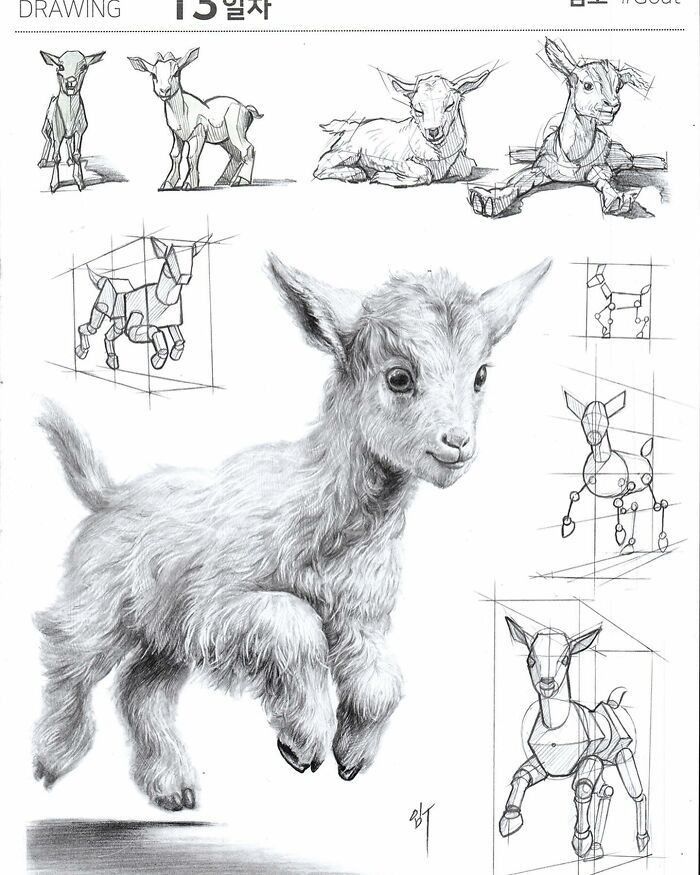
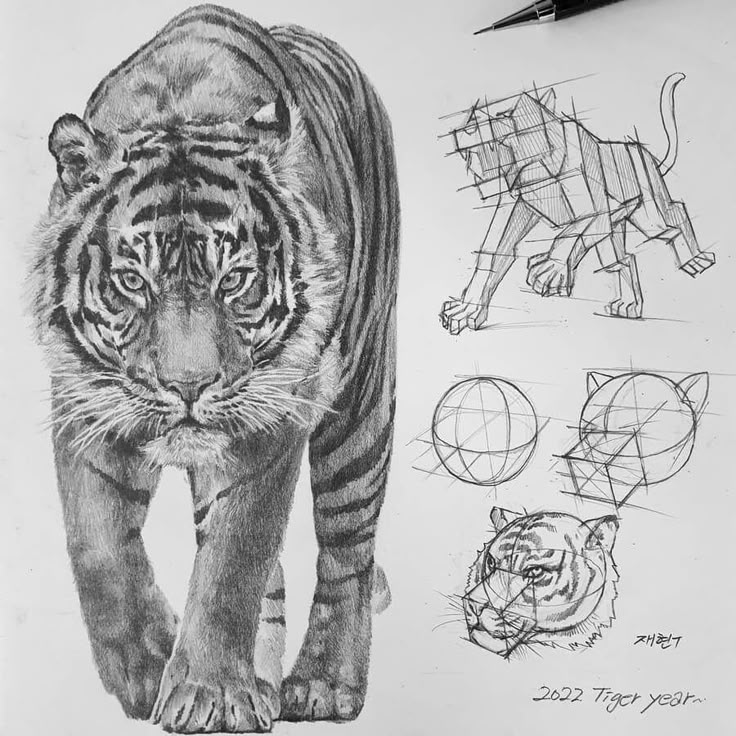
Animals are inherently dynamic. Their movement, whether subtle or dramatic, is a key part of their character. To capture this, focus on gesture drawing. Gesture isn’t about precise lines; it’s about conveying the feeling and flow of movement. Use sweeping, continuous lines to suggest the main action and rhythm of the animal. Consider the “line of action” that runs through the animal’s spine and limbs, guiding its pose. Practice drawing animals in various states of activity: running, leaping, resting, grooming. Observe how their weight shifts, how their muscles tense and relax. Mastering gesture drawing is a skill that translates beautifully to all forms of art, including character design drawing ideas where personality and movement are paramount.
Exploring Diverse Animal Categories for Inspiration
The animal kingdom is a vast tapestry of forms, textures, and behaviors. Each category offers unique artistic challenges and rewards, providing endless animal drawing ideas to ignite your imagination.
Domestic Animals
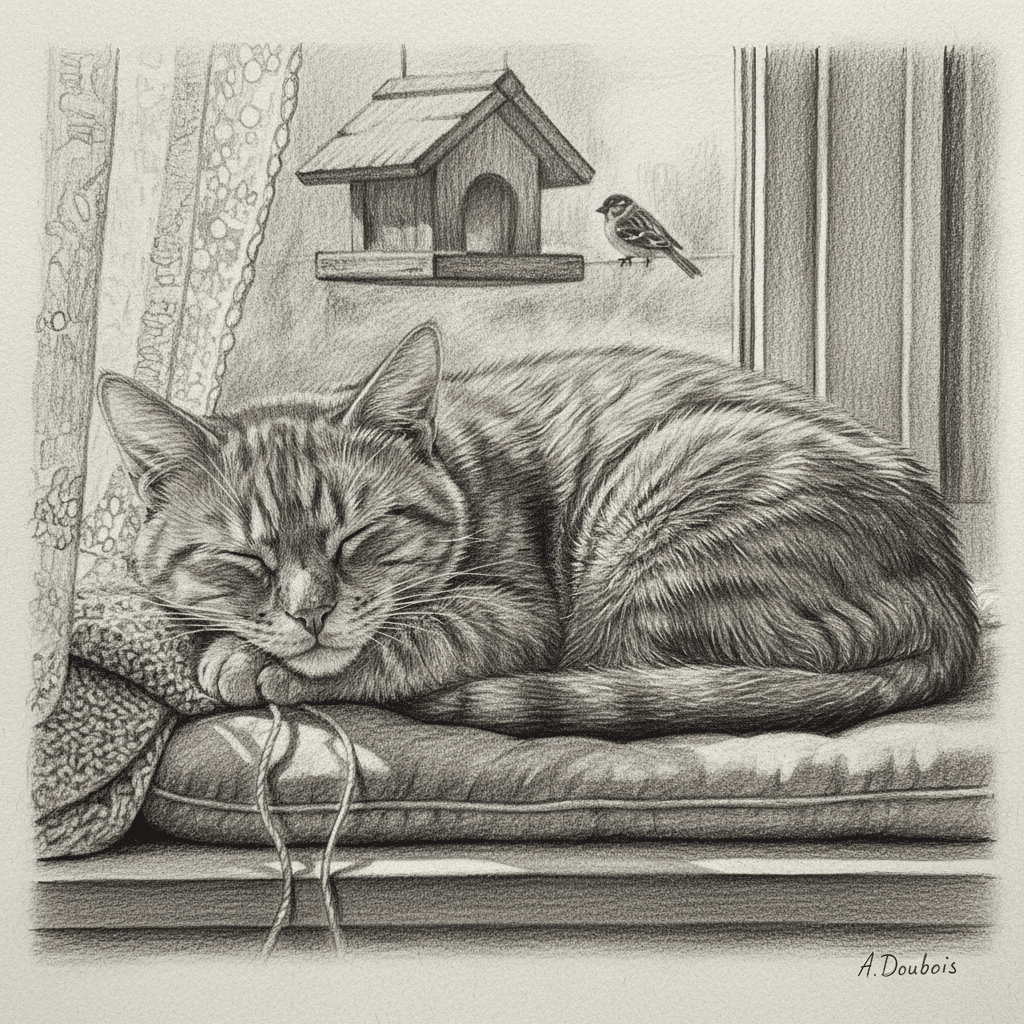
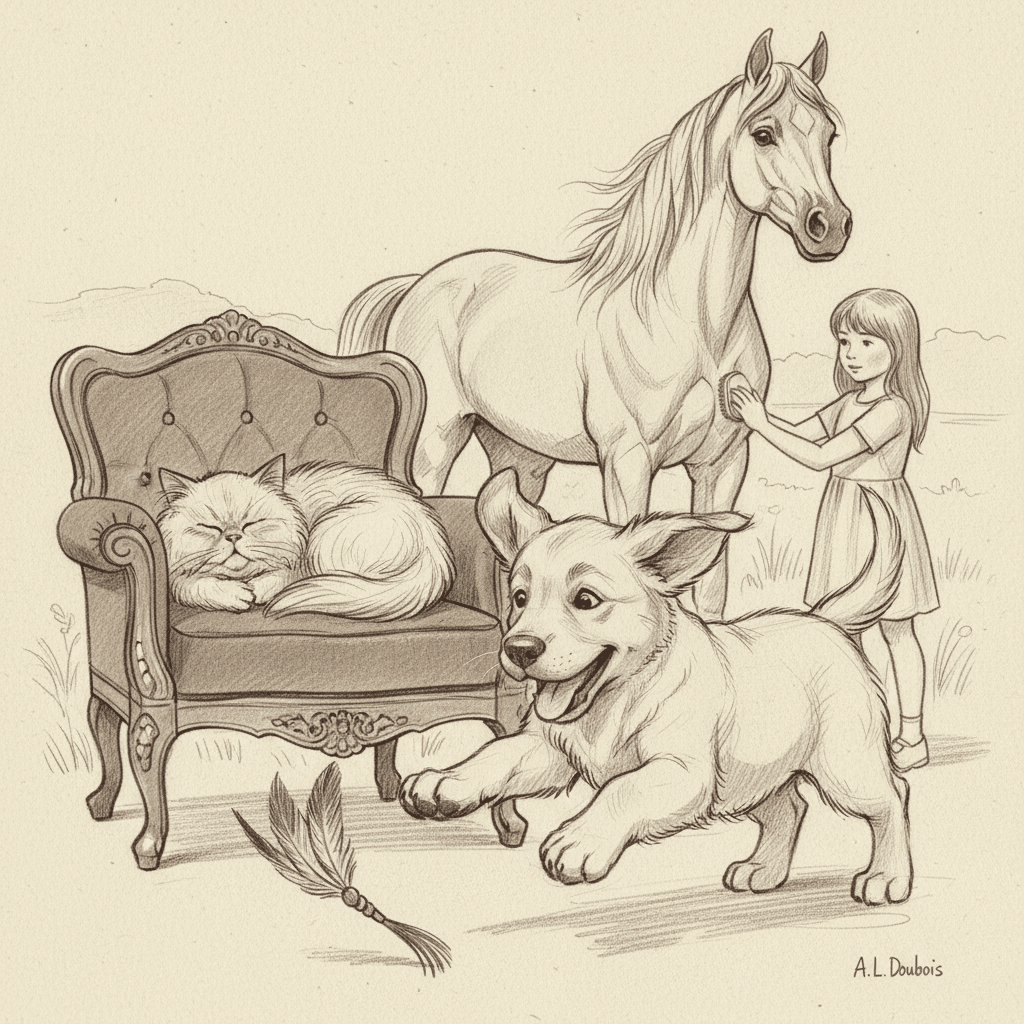
Drawing domestic animals like dogs, cats, horses, and farm animals offers a wealth of readily available subjects. Their familiarity can be a double-edged sword: while easy to observe, portraying them with fresh eyes and avoiding clichés requires conscious effort. Focus on their individual personalities, specific breeds, and unique interactions with their environment or humans. A sleeping cat, a playful puppy, or a majestic horse can all be subjects for deep study. Pay attention to subtle expressions and body language that reveal their emotional state.
Wild Mammals
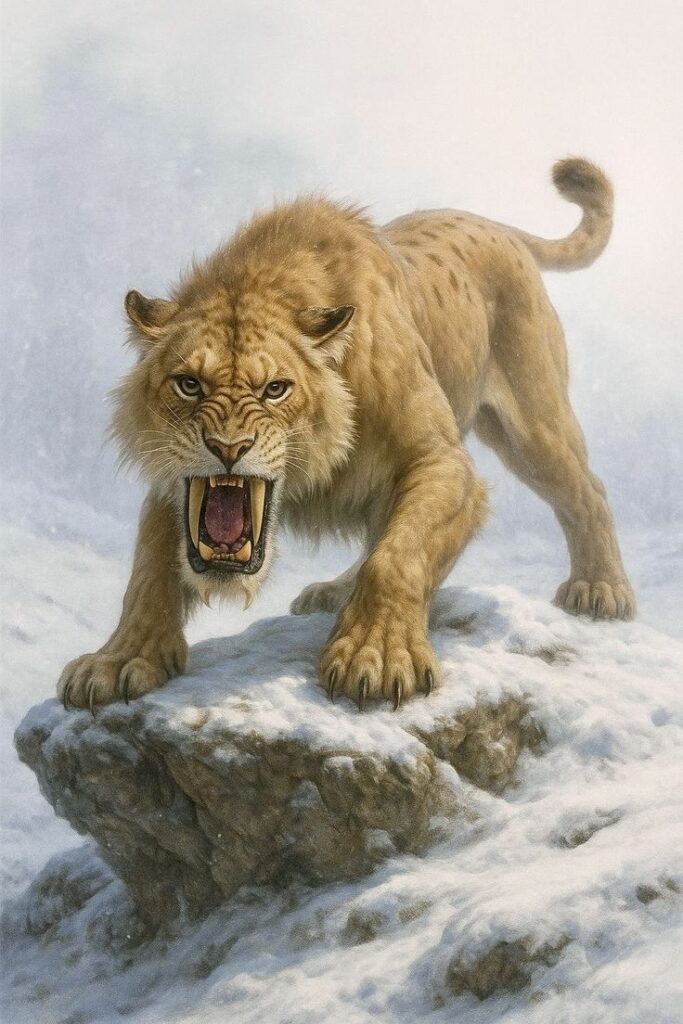
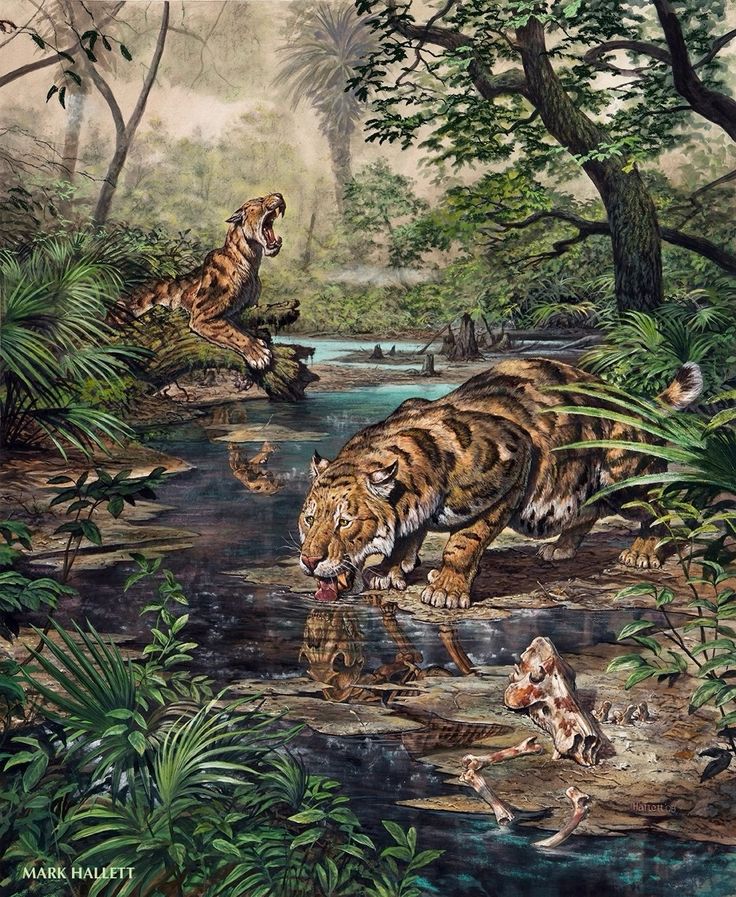
From the powerful musculature of a lion to the delicate features of a deer, wild mammals present a thrilling challenge. These subjects often require a deeper dive into anatomical structure and an understanding of their natural habitats. Consider the texture of their fur, the glint in their eyes, and the way light plays across their forms in different environments. Research their behaviors – a hunting wolf will have a very different posture from one at rest. Drawing a grizzly bear fishing for salmon or a family of meerkats standing guard offers compelling narrative potential.
Birds, Reptiles, and Amphibians
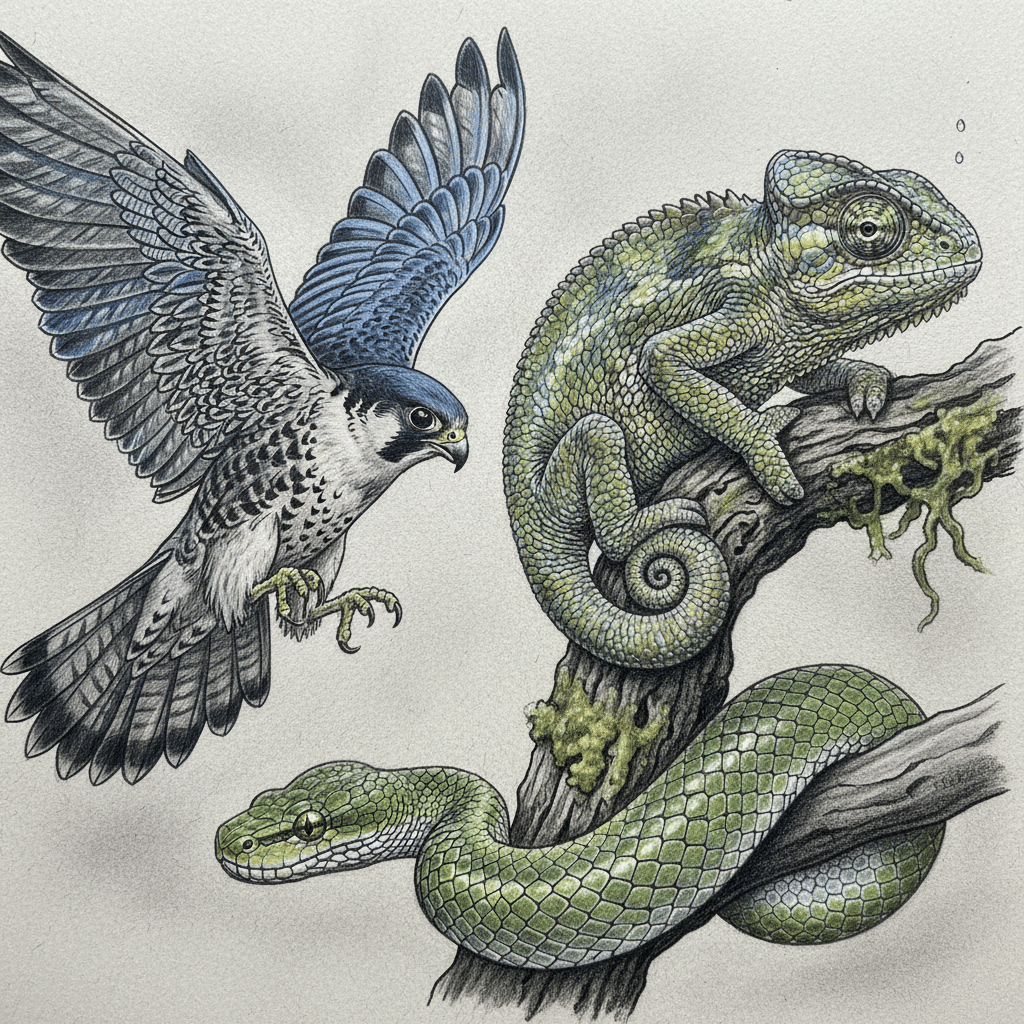

These categories introduce distinct anatomical structures and textures. Birds offer incredible variety in plumage, wing structure, and aerial dynamics. Focus on feather patterns, the delicate structure of beaks, and the powerful mechanics of flight. Reptiles and amphibians present fascinating scale patterns, skin textures, and often striking colorations. Drawing a chameleon blending into its environment or a snake coiled around a branch requires attention to detail and a keen eye for pattern repetition. Consider the unique way light interacts with iridescent feathers or rough scales.
Aquatic Life


The fluid environment of aquatic animals adds another layer of complexity. Fish, dolphins, whales, and invertebrates require an understanding of hydrodynamics and how light behaves underwater. The streamlined forms of marine mammals, the intricate fins of fish, and the bioluminescent qualities of deep-sea creatures all offer unique artistic opportunities. Experiment with conveying movement through water, reflections, and the subtle distortion of light.
Mythical Creatures
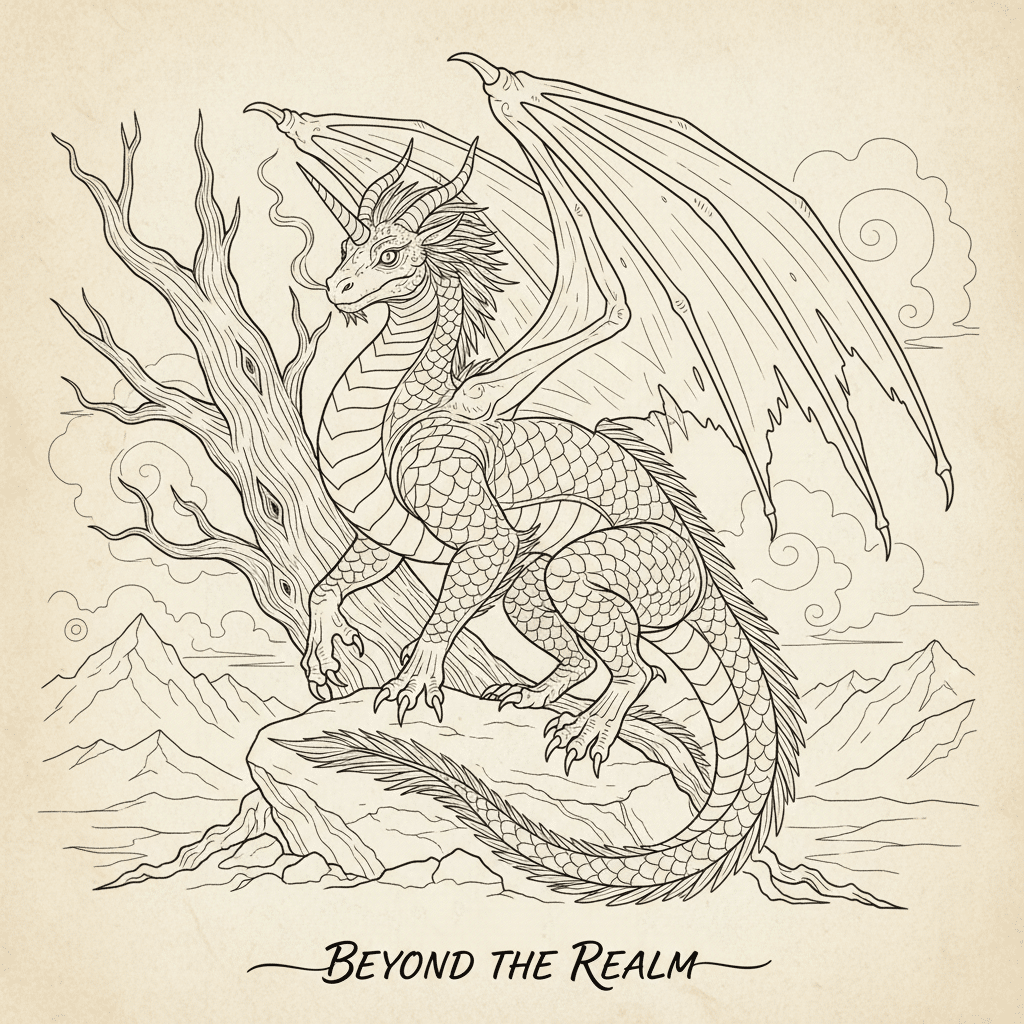

Beyond the real, lies the fantastical. Drawing mythical creatures like dragons, griffins, or unicorns allows for immense creative freedom. Here, anatomical realism can be blended with imaginative elements. You can combine features from various real animals to construct believable yet fantastical beings. For instance, a dragon might incorporate the powerful legs of a big cat, the wings of a bat, and the scales of a reptile. This category is excellent for developing your creative problem-solving and storytelling abilities, offering endless one-line drawing ideas for mythical beasts.
Techniques to Elevate Your Animal Drawings
Once you have a grasp of anatomy and observation, it’s time to refine your technical skills. These techniques are crucial for adding depth, texture, and realism to your animal drawings.
Line Work and Contours
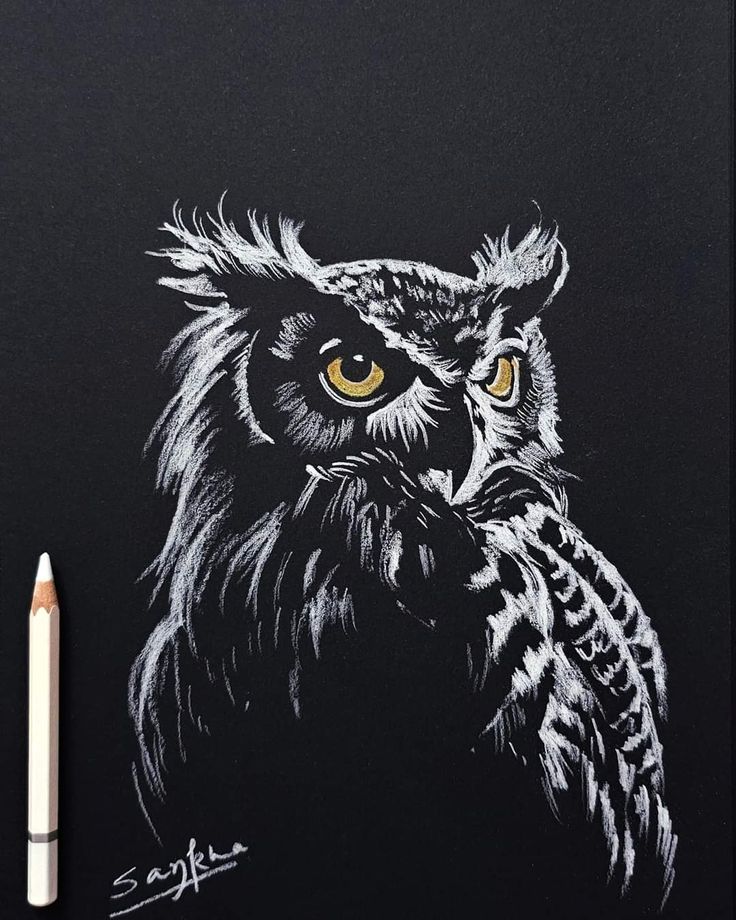
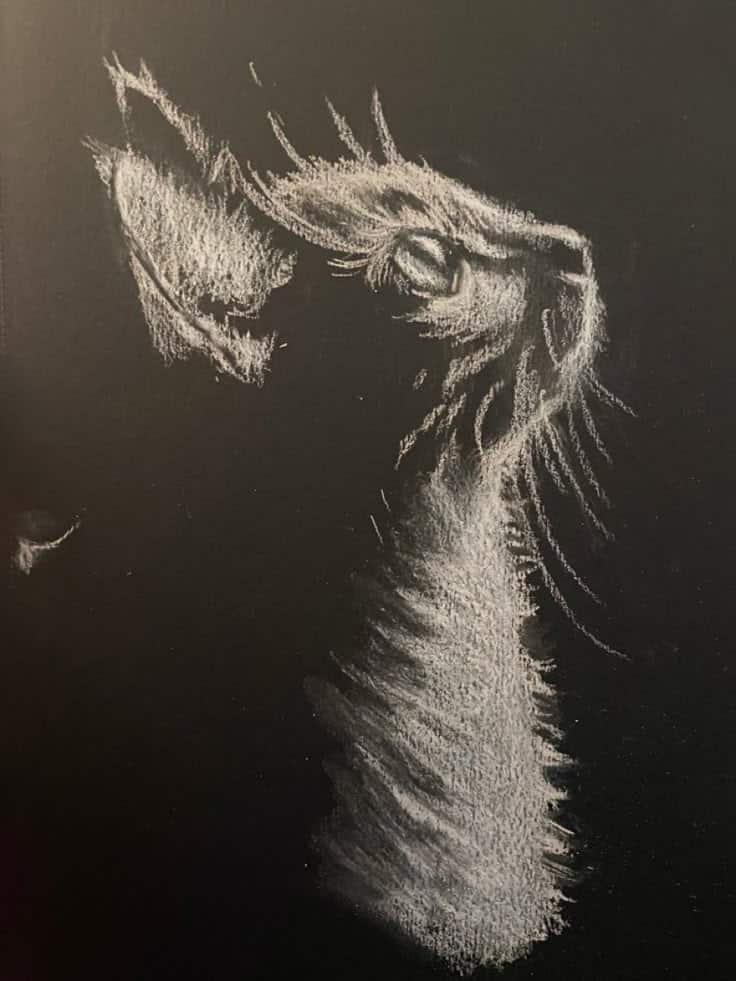
Line is the foundation of any drawing. For animal subjects, experiment with varying line weight to create emphasis and suggest form. Thicker, darker lines can indicate shadows or areas of tension, while lighter, delicate lines can suggest softness or receding planes. Contour lines define the outer edges of the form, but also the internal shapes and planes. Practice drawing with continuous contours to capture the fluidity of an animal’s body. Don’t be afraid to use expressive, energetic lines to convey motion and vitality, especially in preliminary sketches.
Shading and Texture
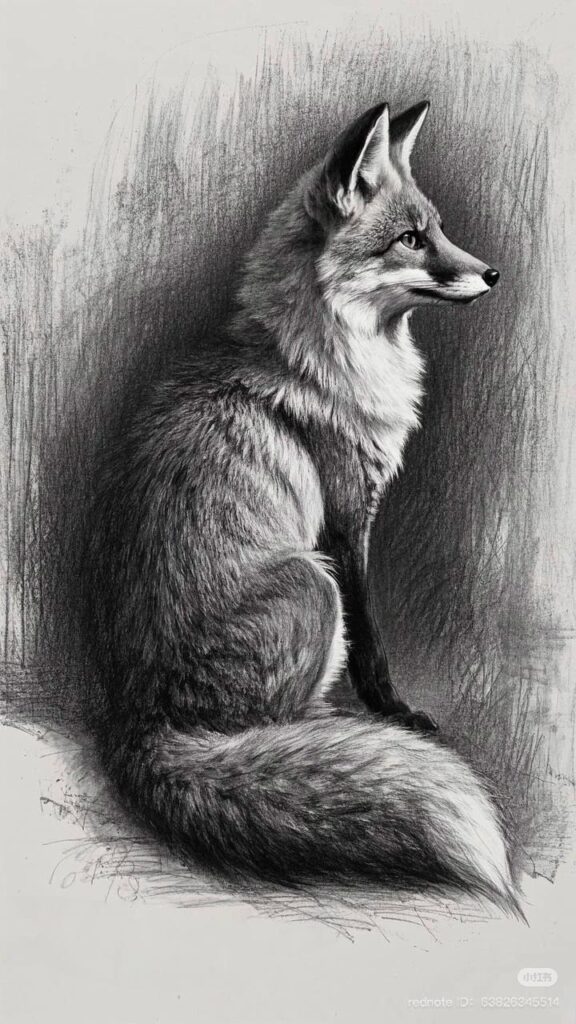
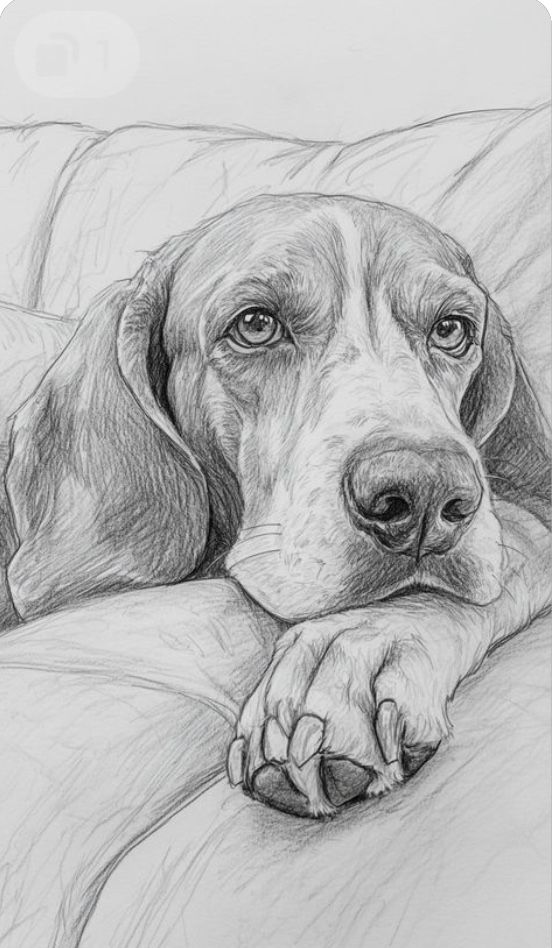
Shading is what gives your animal drawings three-dimensionality. Understand light sources: where is the light coming from? How does it hit the animal’s form, creating highlights, midtones, and shadows? Use different shading techniques—hatching, cross-hatching, stippling, blending—to build up values and define form. Texture is equally vital for animals. Think about the rough fur of a bear, the sleek coat of a horse, the spiky quills of a porcupine, or the delicate feathers of a bird. Practice rendering these textures convincingly, using your chosen medium to mimic their tactile qualities. This often involves careful observation of patterns and directional strokes.
Color Theory and Application
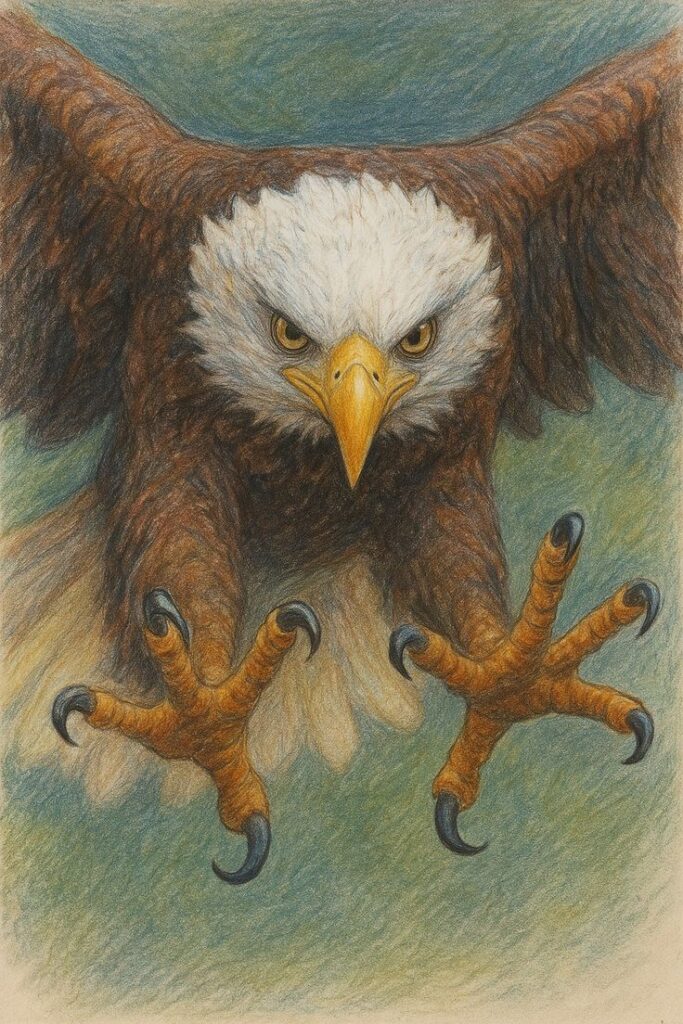
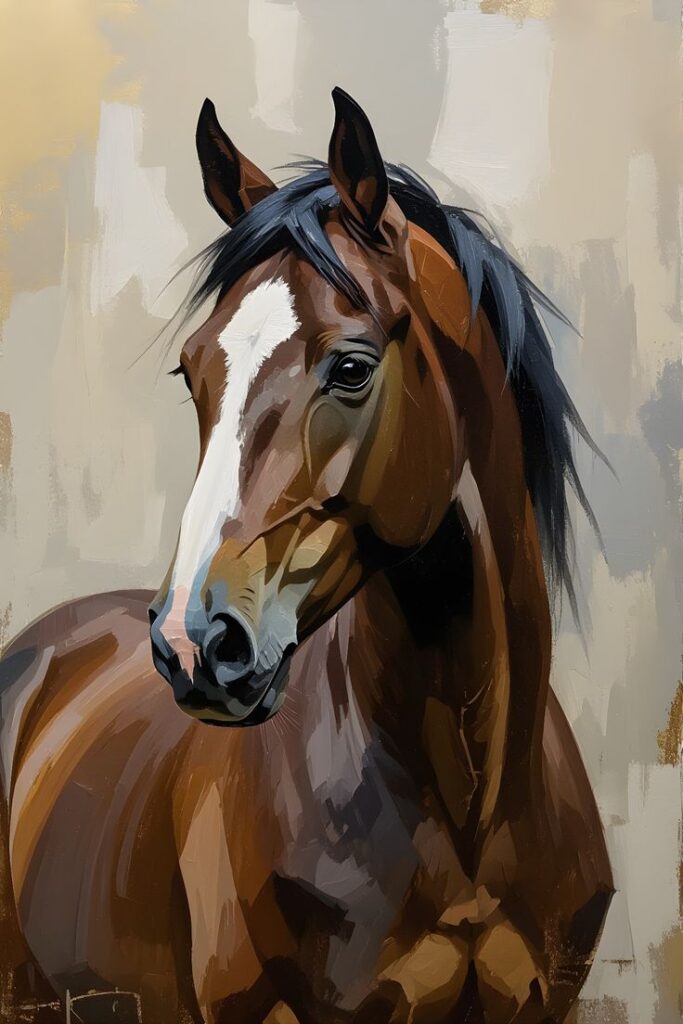
If you work in color, understanding color theory is essential. Consider the natural coloration of the animal, but also how light and shadow affect those colors. Warm colors (reds, yellows) tend to advance, while cool colors (blues, greens) tend to recede. Experiment with complementary colors to make your subjects pop, or analogous colors for a harmonious feel. Pay attention to reflected light and how ambient colors from the environment might subtly influence the animal’s fur or skin. Whether using pencils, pastels, or digital tools, thoughtful color application can significantly enhance the emotional impact and realism of your animal art.
Backgrounds and Environments
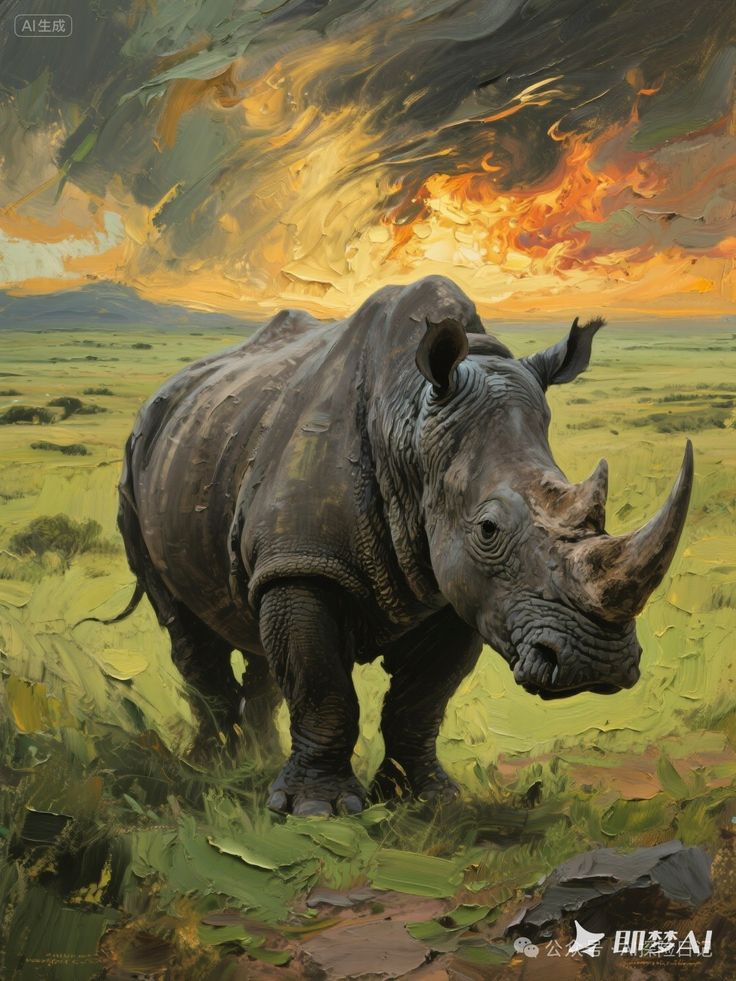
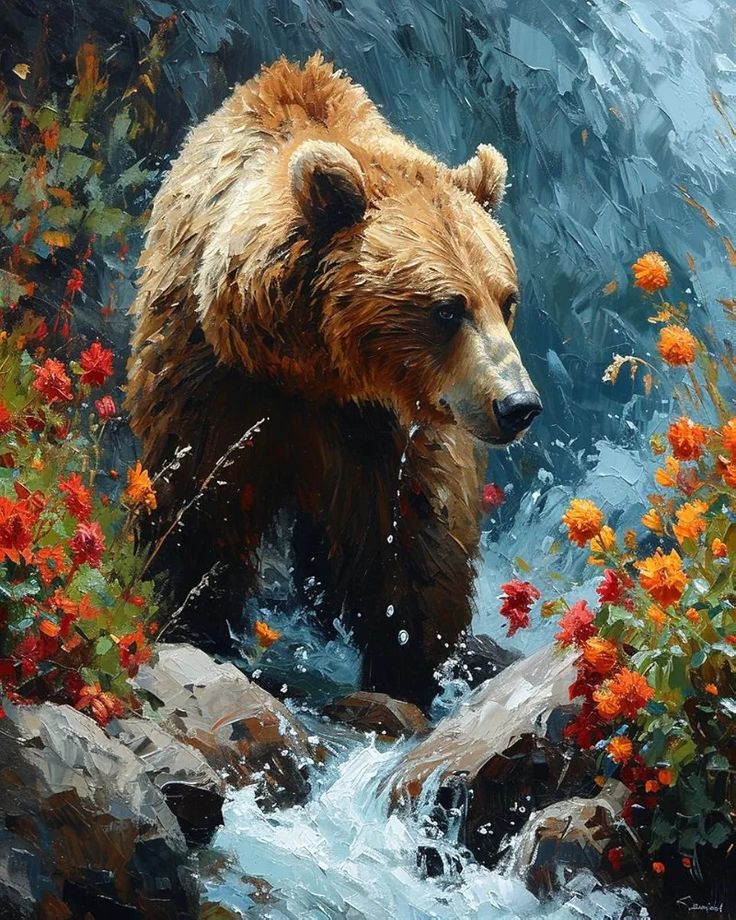
An animal rarely exists in a vacuum. Integrating your subject into a believable environment adds context and narrative depth. The background shouldn’t compete with the main subject but rather support it. Use atmospheric perspective to make distant elements appear lighter and less detailed, creating a sense of depth. Consider the habitat – a dense forest, an open savannah, or an underwater reef – and how it influences the lighting and mood. Sometimes, a subtle, blurred background is enough to place the animal without distracting the viewer. A strong environment can tell a story, like a predator stalking its prey or a bird nesting in a tree.
Overcoming Challenges and Fostering Growth
The path to artistic mastery is rarely linear. You will encounter challenges, but embracing them as opportunities for growth is key to developing your skills in animal drawing.
Patience and Practice
Drawing animals, especially realistically, demands immense patience. You won’t achieve perfection overnight. Dedicate regular time to practice, even if it’s just 15-30 minutes a day. Consistent effort over time yields far greater results than sporadic, intense sessions. Be patient with yourself, and understand that every drawing, even the “bad” ones, is a learning experience. Think of it as building muscle memory and refining your eye. Challenges like the 7-day art challenge can be excellent for fostering consistent practice and pushing creative boundaries.
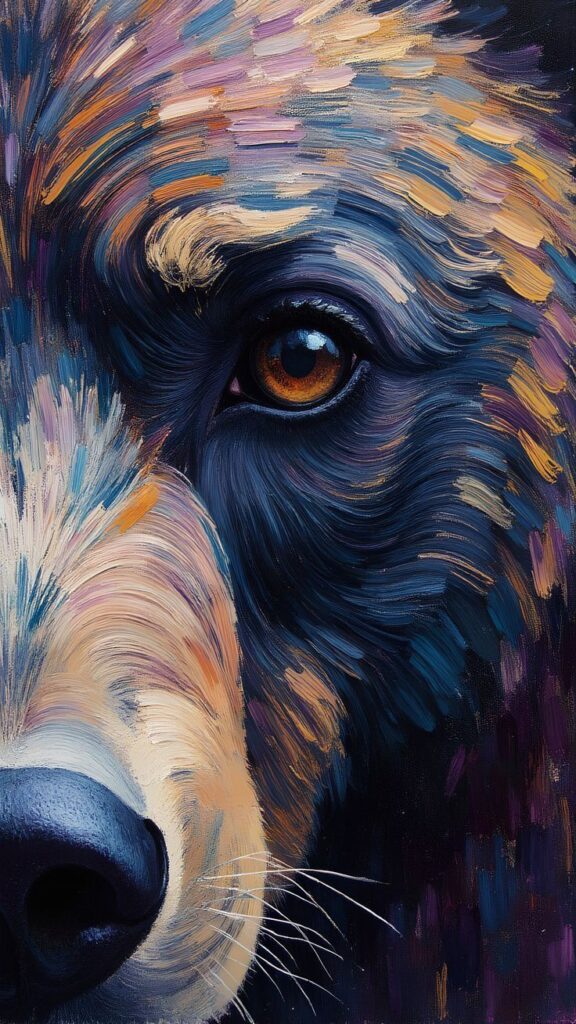
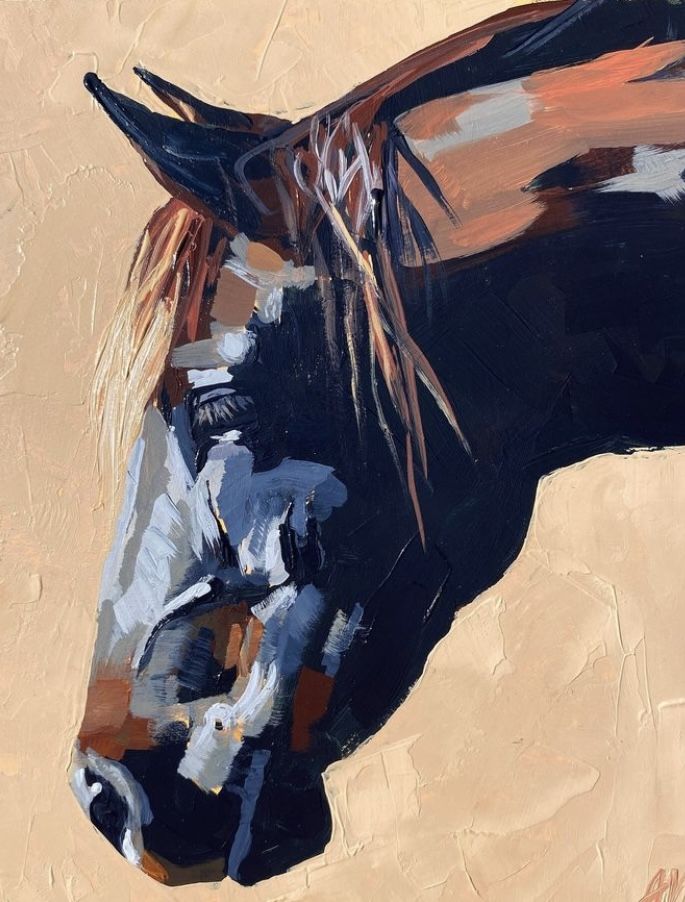
Dealing with Frustration
Frustration is an inevitable part of the artistic process. When a drawing isn’t going as planned, it’s easy to feel discouraged. Instead of giving up, take a break. Step away from your work and come back with fresh eyes. Sometimes, simply changing your perspective or revisiting a fundamental anatomical principle can unlock a solution. Remember why you started drawing animals in the first place – for the joy and the challenge. Don’t let frustration overshadow your passion.
Seeking Feedback and Learning
One of the most valuable resources for growth is constructive feedback. Share your work with trusted peers, mentors, or online art communities. Be open to criticism, viewing it as a guide for improvement rather than a personal attack. Pay attention to specific suggestions regarding anatomy, proportion, shading, or composition. Similarly, actively seek out learning opportunities: take workshops, watch tutorials, read art books, and study the works of masters. There’s always something new to learn, a different approach to consider.
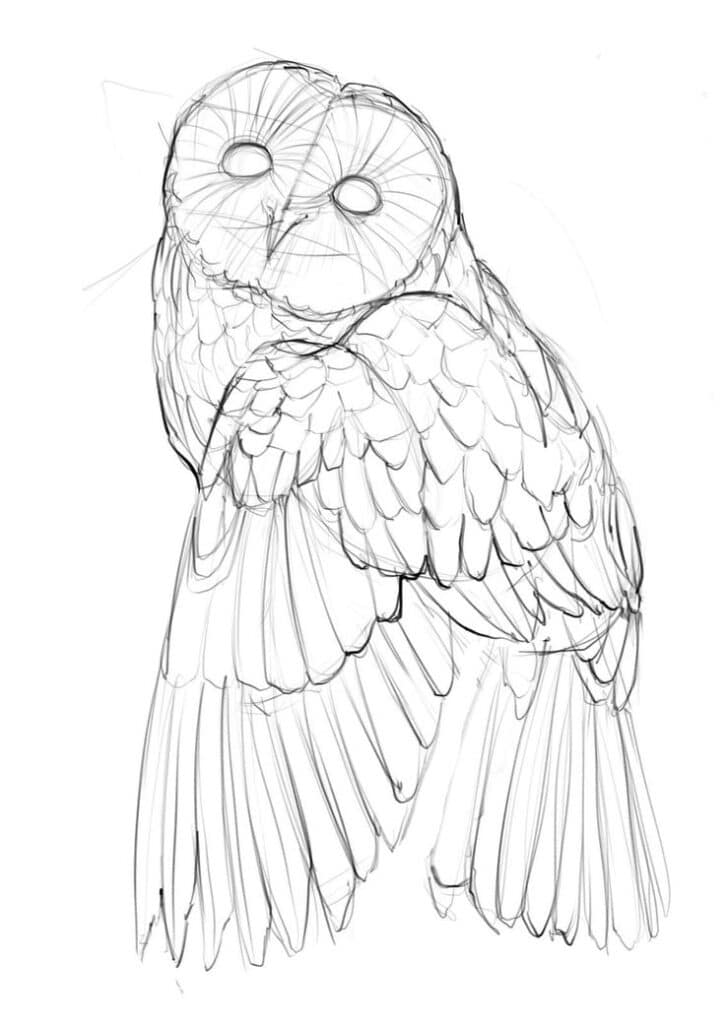
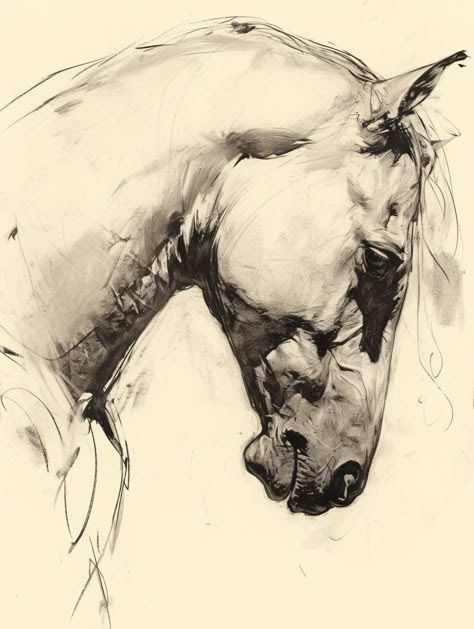
Developing a Unique Style
While learning fundamentals is crucial, eventually you’ll want to infuse your drawings with your own artistic voice. Your unique style will emerge naturally over time as you experiment with different techniques, mediums, and subjects. Don’t force it. Focus on drawing what genuinely excites you, and your personality will start to shine through. Perhaps you lean towards hyper-realism, or maybe you prefer more stylized, expressive forms, like those often seen in tattoo drawing. Embrace your preferences, explore different artistic influences, and let your creativity guide you.
Creative Animal Drawing Ideas to Spark Your Imagination
Beyond accurate depiction, animal drawing offers vast opportunities for imaginative and narrative-driven art. These ideas push the boundaries of conventional representation, encouraging you to think outside the box and develop compelling visual stories.
Narrative Scenes
Instead of drawing a solitary animal, consider placing it within a narrative. What is the animal doing? What is its relationship to its environment or other creatures? A fox cautiously approaching a rabbit, a mother bird feeding its chicks, or a pack of wolves traversing a snowy landscape all tell a story. Think about the “before” and “after” of a moment. What happened just before this scene, and what might happen next? These questions can guide your composition and imbue your drawing with emotional depth. Focus on body language and subtle interactions to convey the narrative effectively.

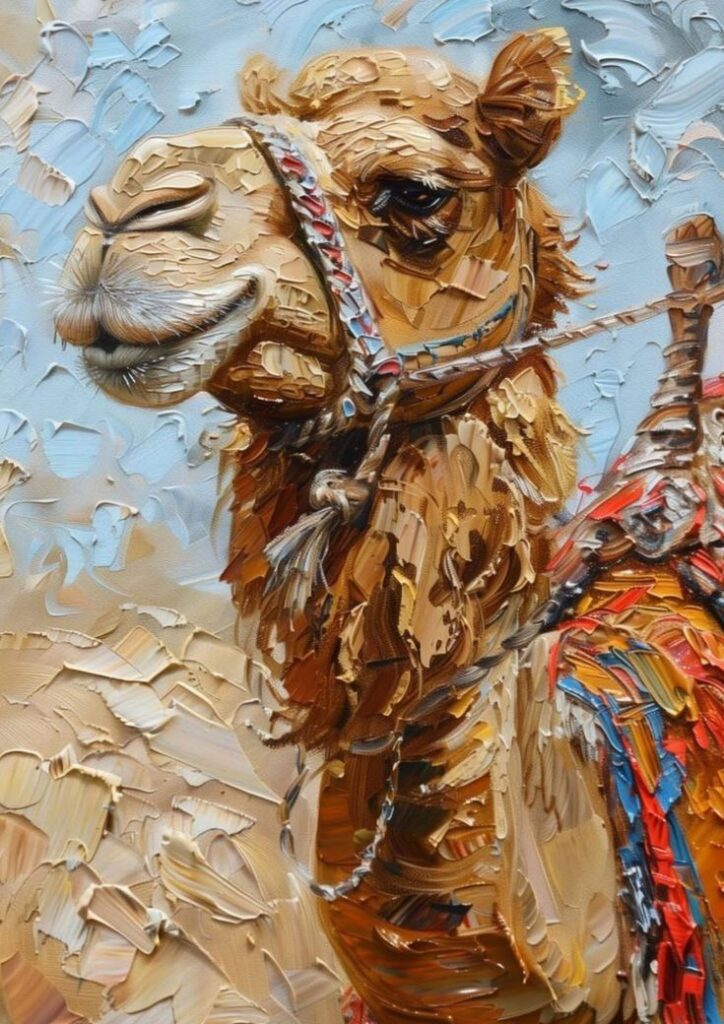
Anthropomorphic Characters
Giving animals human-like characteristics is a classic artistic trope, often seen in children’s books, animation, and fantasy art. This involves blending animal anatomy with human expressions, clothing, or behaviors. When creating anthropomorphic characters, strive for a balance between their animalistic nature and their human qualities. How would a fox hold a teacup? What kind of hat would a bear wear? This genre allows for immense creativity in character design, costume, and emotional range. It’s a fantastic way to develop storytelling through visual means and is closely related to character design drawing ideas.
Stylized and Abstract Interpretations
Not all animal drawings need to be strictly realistic. Experiment with stylization, simplifying forms, exaggerating features, or using abstract patterns to represent animals. Think about tribal art, ancient Egyptian animal motifs, or contemporary minimalist designs. This approach allows you to focus on the essential qualities of an animal – its movement, its spirit, or its symbolic meaning – without being constrained by photographic accuracy. Play with bold colors, graphic lines, or geometric shapes to create unique interpretations. This is particularly effective for logo design or decorative art.

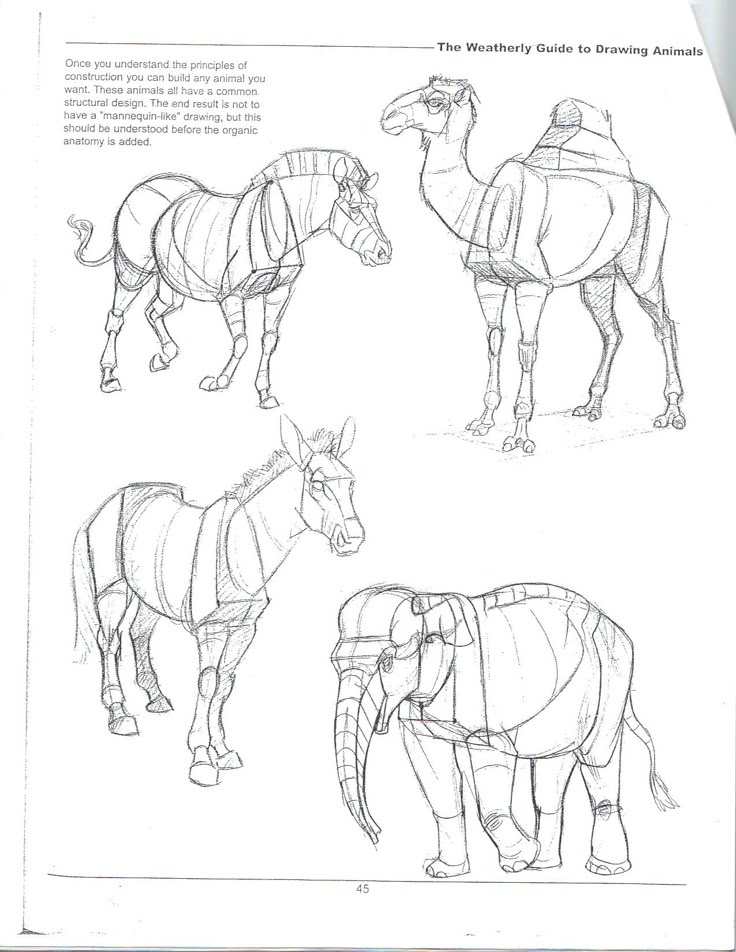
Cross-Species Hybrids
Let your imagination run wild by combining features from different animals to create entirely new species. What would a bird with fish scales look like? Or a cat with a chameleon’s tongue? This exercise is excellent for improving your anatomical understanding across species and for developing creative problem-solving skills. Consider how these features would naturally integrate and function. How would the texture change at the transition points? This pushes you to think about biological plausibility within a fantastical context.
Animals in Unusual Settings
Take an animal out of its natural habitat and place it in an unexpected environment. Imagine a penguin in a desert, a lion strolling through a bustling city, or a fish swimming through outer space. This juxtaposition creates intrigue and often humorous or thought-provoking imagery. Consider how the animal would interact with this new setting and how the environment itself would influence the lighting and atmosphere of the drawing. This idea encourages imaginative storytelling and can lead to truly unique compositions.

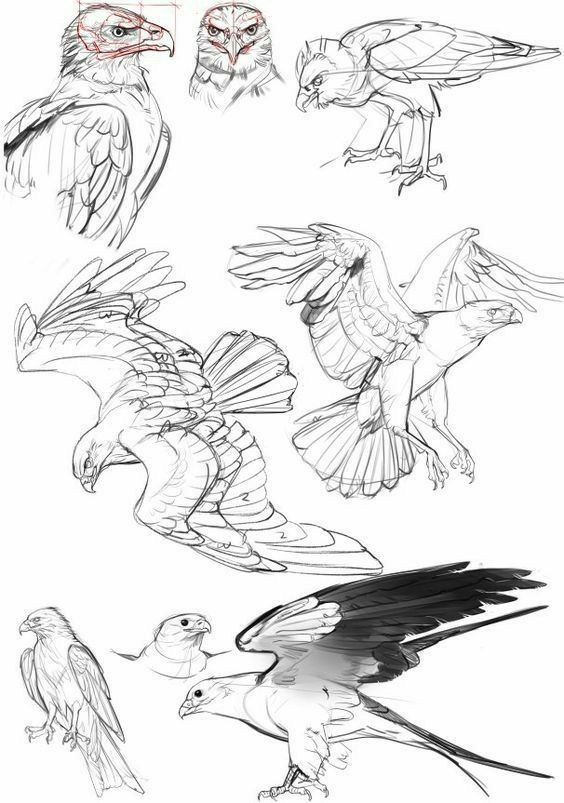
Focusing on Specific Features
Instead of drawing the entire animal, zoom in on a particular feature. The intricate pattern of a snake’s scales, the texture of an elephant’s skin, the expressive eyes of a primate, or the detailed plumage of a bird’s wing. This micro-focus allows you to delve into intricate details and render textures with extreme precision. It’s an excellent exercise for refining your observation skills and mastering specific rendering techniques. A series of drawings focusing on different animal eyes, for example, can be a captivating portfolio piece.
Sequential Art
Tell a mini-story about an animal through a series of panels, much like a comic strip or graphic novel. Show an animal performing a sequence of actions – a bird taking flight, a cat stalking prey, or a butterfly emerging from its chrysalis. This challenges you to capture motion across multiple frames and consider how each panel contributes to the overall narrative. It’s a fantastic way to explore storytelling, composition, and dynamic posing in a structured format.
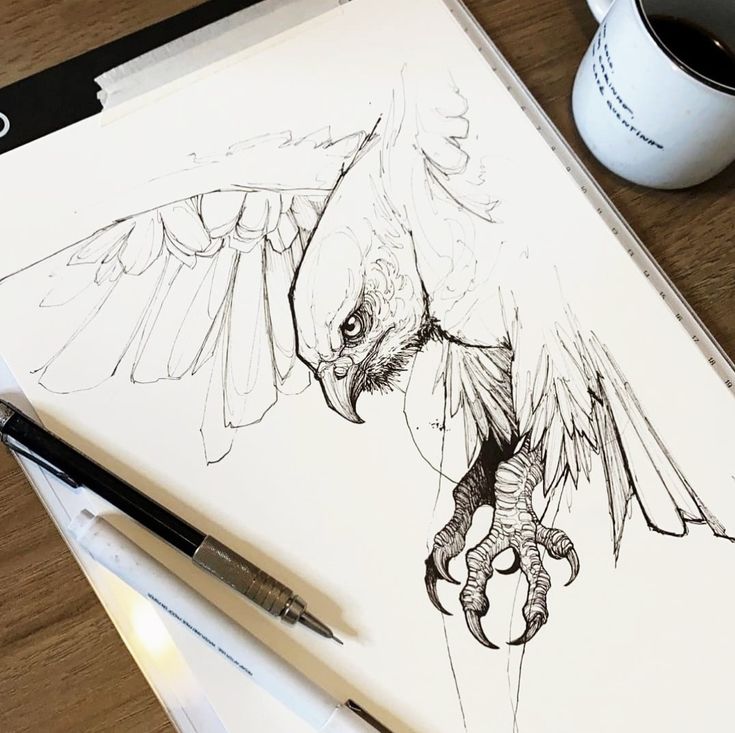
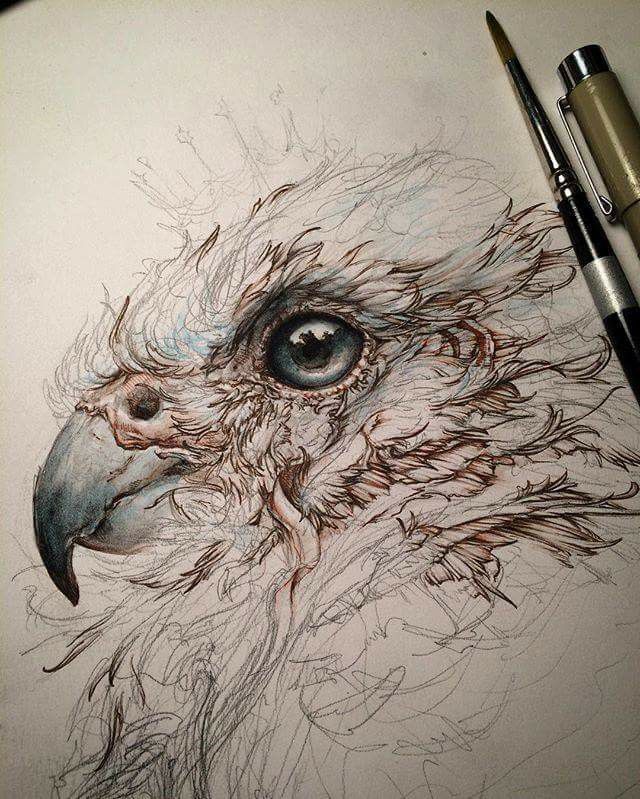
Conclusion
The world of animal drawing is as vast and diverse as the animal kingdom itself, offering an endless source of inspiration and artistic challenge. From the rigorous study of anatomy and form to the boundless possibilities of imaginative concepts, the journey of an animal artist is one of continuous learning and profound discovery. By diligently applying techniques of observation, mastering fundamental skills, and fearlessly exploring creative animal drawing ideas, you can transform your artistic practice.
Remember that every line you draw, every shade you apply, contributes to the life you breathe into your subjects. Whether you’re sketching a quick gesture of a squirrel in the park or embarking on a detailed portrait of a majestic tiger, approach each piece with curiosity, patience, and a deep respect for the creature you are portraying. The most compelling animal art is born not just from technical proficiency, but from an authentic connection to the subject.
So, pick up your tools, observe the world around you, and let your creativity soar. The animal kingdom awaits your interpretation, ready to inspire countless hours of rewarding artistic endeavor. Continue to challenge yourself, seek new ideas, and never stop exploring the infinite ways to bring the beauty and dynamism of animals to life on your canvas. Your unique vision is your most powerful tool; unleash it and let your animal drawings tell their captivating stories.
- 27shares
- Facebook0
- Pinterest27
- Twitter0

